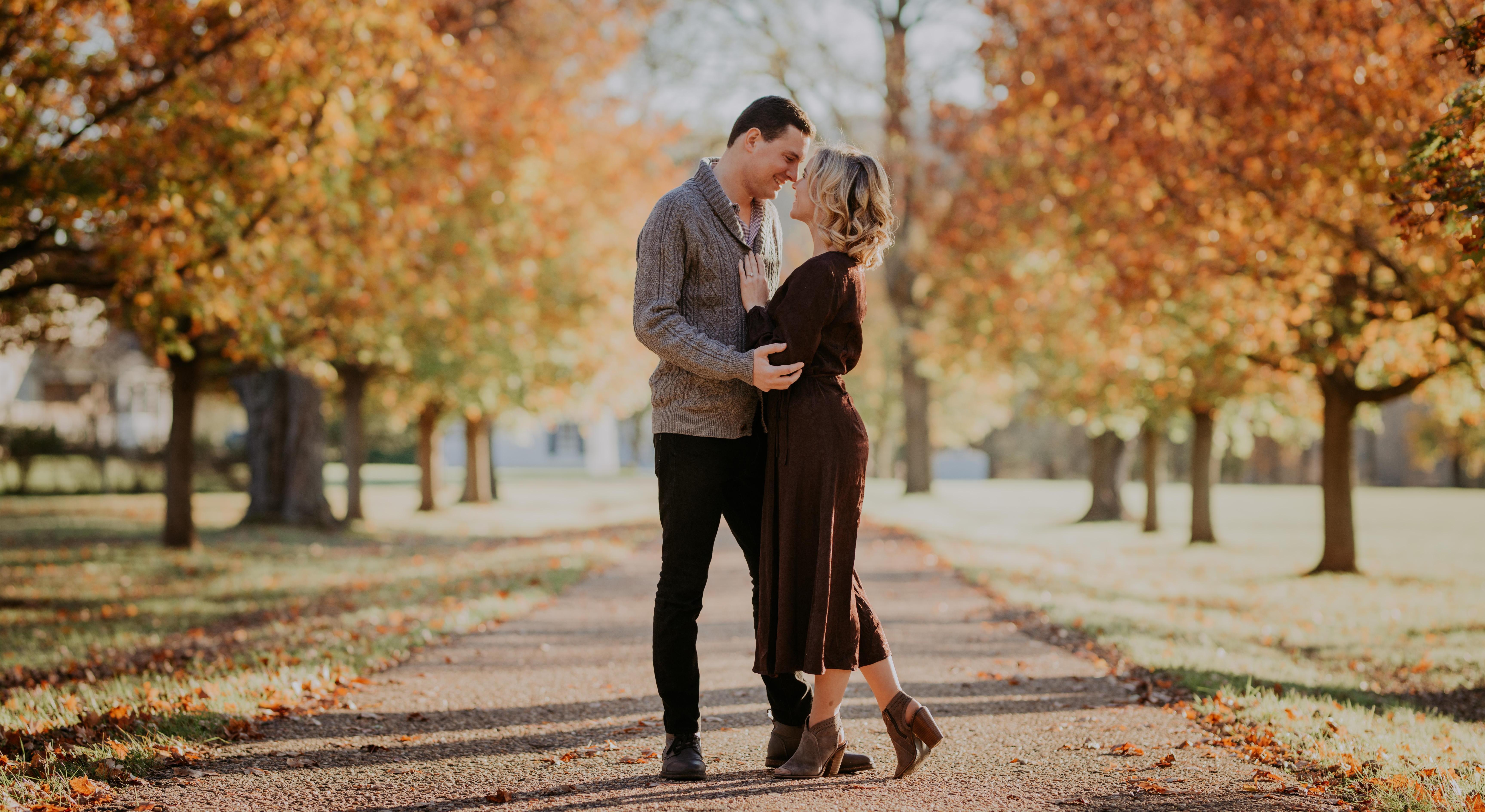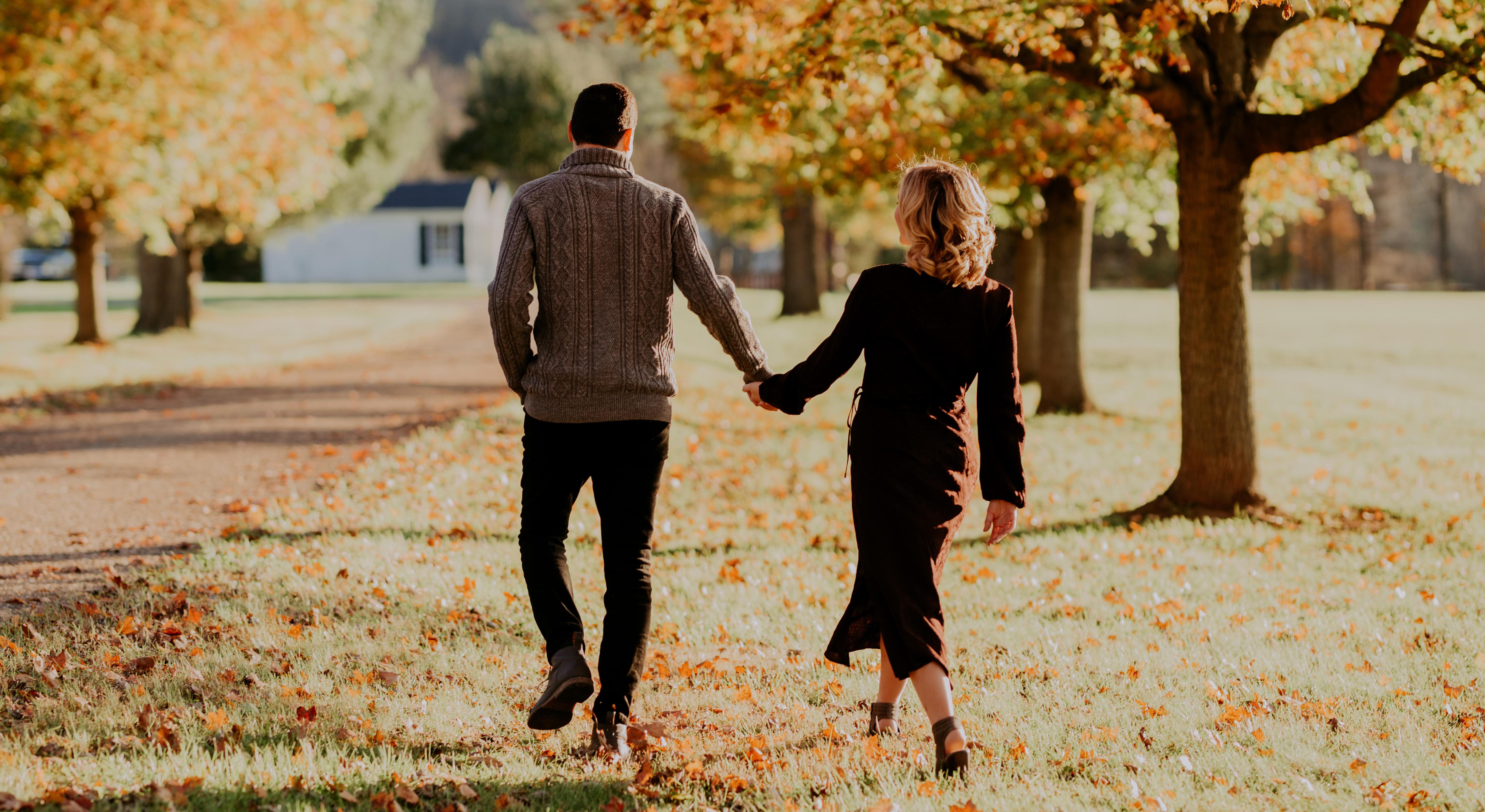
Forever has just begun...


Stephanie Brown
Yitzy Halon
Baltimore
MarylandApril 7
2019You May Not Kiss the Bride...(In Public)
Steph and I are excited to share our big day with our friends and family (namely: you guys), or as Steph would say, “Our hearts are about to explode with glitter and rainbows." Regardless of how exactly we choose to express our excitement, given that our ceremony will be in accordance with Orthodox Jewish customs, it will probably be a new experience for many of our guests. With that in mind, and in attempting to avoid any “What in the world am I looking at right now?!” moments, we’re going to try to shed some light on of some of what you’ll be seeing. Buckle up.
When you walk in...
(Assuming you’re remotely on time) you’ll be greeted by a cocktail hour, although we call it something else. Don’t worry about your drinks and hors d'oeuvres, they’ll still be there, but we refer to this portion of the wedding as a “Chosson Tish” or “The Groom's Table” which will be immediately followed by the “Bedeken” or the “Covering”. Now before you get overwhelmed by weird names or seemingly over-patriarchal titles, let’s back up and explain some of this. The Chosson Tish is basically a time for serious looking Rabbis with long beards to look over the marriage documents and make sure all is in order. You may catch a glimpse of some of these folks huddled over a piece of paper with a pen. You may also catch a glimpse of Yitzy sitting smack in the middle of them looking stressed out. While all of this is happening, Steph will be sitting on a throne-like chair (which if you know Steph well, is basically her dream come true!) in a separate area flanked by her and Yitzy’s moms and the rest of her bridal party. This time is for greeting the bride and offering congratulations. Jewish tradition teaches that a bride has a unique power to impart blessings on the day of her wedding, so you may want to ask for one of those if that’s your cup of tea. It’s not uncommon to see a line of people waiting to greet the bride and/or ask for a blessing.
While all of this is going on...
the moms will kind of sneak away to the Chosson Tish to perform a mini ceremony consisting of the breaking of a plate. Yes, you read that right. While the origins of this tradition are a bit fuzzy, most agree that the plate is broken in commemoration of the destruction of the Jewish Temple. (Interesting tidbit: there is only one wall remaining following the Temple's destruction. That wall is located in Jerusalem and is more commonly known as “The Western Wall.”) Remembering the temple will be a reoccurring theme throughout the ceremony. At around this time, the Rabbis will have finished their huddling and music will play to signify that the “Bedeken” is about to begin. I’m gonna let Wikipedia take over for a minute: Badeken or Bedeken (Yiddish: באַדעקן badekn, lit. covering), is the ceremony where the groom veils the bride in a Jewish wedding. Just prior to the actual wedding ceremony, which takes place under the chuppah, the groom, accompanied by his parents, the Rabbi, and other dignitaries, and amidst joyous singing of his friends, covers the bride's face with a veil. At this point, it is traditional for the Rabbi to pronounce a blessing upon the couple. The bride wears this veil until the conclusion of the chuppah ceremony. After all that happens, the bride and groom will then exit separately (once again amidst the singing and all the hoopla) followed by the guests, to prepare for the “Chuppah,” and the actual wedding ceremony held beneath it. Once again, Wikipedia pretty much nails it: A chuppah (Hebrew: חוּפָּה, literally, "canopy" or "covering"), is a canopy under which a Jewish couple stand during their wedding ceremony. It consists of a cloth or sheet, sometimes a tallit, stretched or supported over four poles. A chuppah symbolizes the home that the couple will build together.
The ceremony will start off relatively typical...
with the guests taking their seats ahead of time and the “who’s who” of the night making their appearances in their walk down the aisle. Then things take a sharp left turn. As a cantor or singer sings traditional melodies, Steph will circle Yitzy 7 times, representing the seven wedding blessings and seven days of creation. The seven blessings will then be recited one at a time over a cup of wine (cuz why not?!) by a bunch of distinguished and serious looking men (who happen to be a lot of fun once you get to know them). At some point, Steph will be asked to sip the wine as will Yitzy. There will also be a reading of the marriage contract in Aramaic. We specifically choose Aramaic to ensure no one knows what the heck is going on and the guy reading it has no idea what he’s saying. Okay, that’s not actually true. Aramaic happens to be the language of the Talmud which is a central Jewish text written a long time ago and is the source of many of our laws and traditions. The person chosen to read the marriage contract will usually be someone well versed in the Talmud and therefore have a complete understanding of what he’s reading (at least someone will). Then comes the main event. The ring will make an appearance and the groom will slide it onto the bride's index finger. Her acceptance of the ring signifies her acceptance of his marriage proposal (although you’d think we’re kind of beyond that at this point!). While sliding the ring onto the bride's finger the groom will recite (in Hebrew), “You are now betrothed to me in accordance with the laws of Moses and Israel”. There will once again be two serious looking dudes who were called up to the Chuppah previously, who act as witnesses to the marriage. At that point we’re officially married so anyone objecting to our union will be ignored and asked to leave.
There’s still one last thing to be done...
A glass is placed on the floor of the Chuppah and once again in commemoration of the destruction of the Temple, the groom will stomp on it until it shatters. Once it does, the room will be filled will cries of "Mazel Tov!" and the music will begin playing again. It typically becomes a little bit of a mob scene as friends and family rush the bride and groom to wish them Mazel Tov and give ‘em lots of hugs and kisses (easy on the kisses people). The bride and groom are then danced out of the room and take a brief break to spend their first few minutes of their marriage alone with each other. Don’t worry, we’ll try not to keep you waiting too long! At this point, you’ve probably been hearing the band play a lot of Hebrew songs and that will continue throughout the first portion of the dancing, leading up to dinner. These songs have been sung at Jewish weddings for generations and have a meaningful and nostalgic feel. Don’t worry about not understanding the words, the beats still work, and they’re all made to dance to (and performed by Steph's favorite band)!
It’s important to note...
that in accordance with tradition there will be separate dance floors for men and women during this first portion of the dancing. A main reason for this is that it allows people to experience uninhibited joy for the happy couple through dance without worrying about “who’s watching”. I believe that pretty much wraps it up for now. If you find yourself confused at any point, just grab one of those serious looking dudes and ask ‘em what’s happening. (Well maybe don’t GRAB them...you’ll figure it out).
